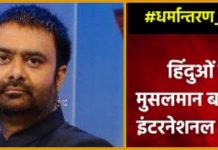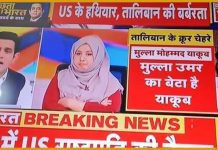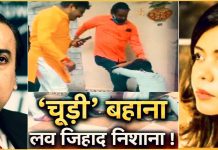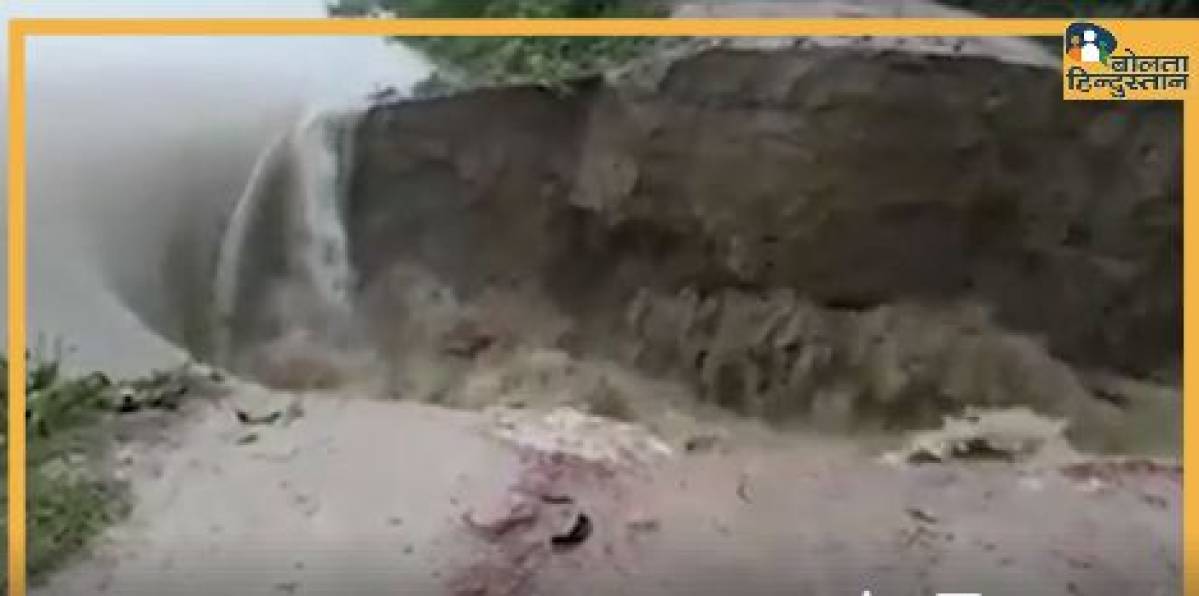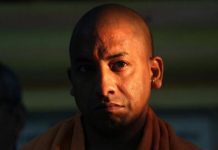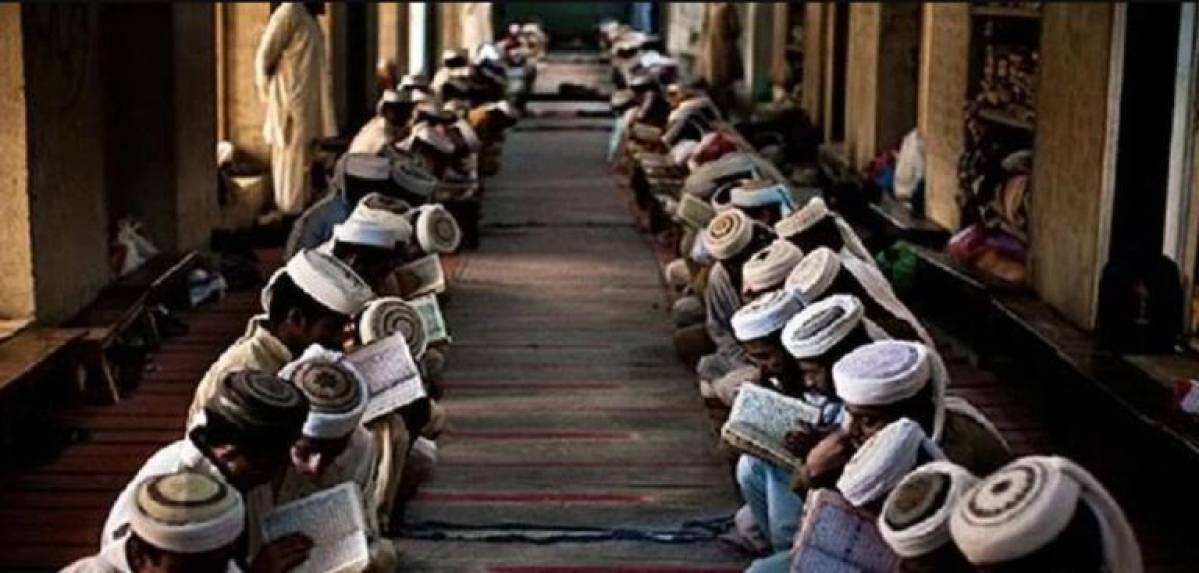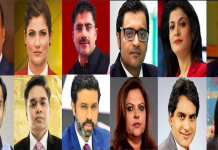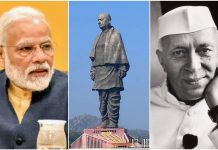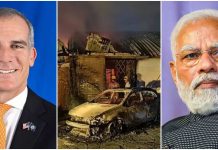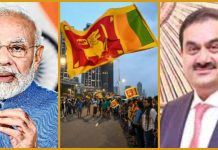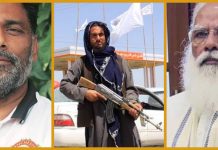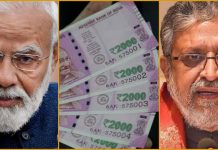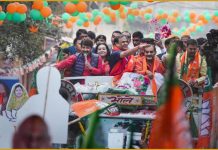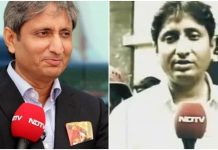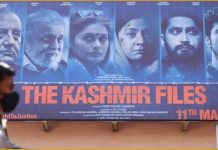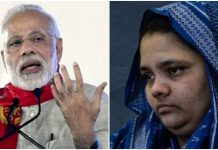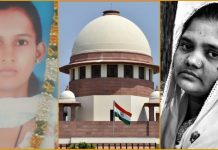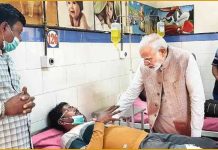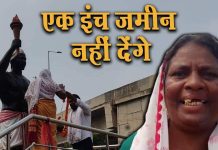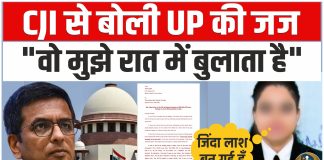
By Tanya Yadav
UNESCO twitter handle can be seen filled with stories of journalists silenced who were trying to bring out truth. They are running ‘Truth never dies’ hashtag to spread awareness on the matter. The situation is grim for journalists all across the globe. In this article, we bring forth the crimes that have happened against Indian journalists.
UN has recognized 2nd November as International Day to End Impunity for Crimes against Journalists. Annually, this day is celebrated to spread awareness for low conviction rates globally for crimes against journalists. UNESCO also ran a campaign to aware people about the issue.
In India, there has been a similar trend. Media sector is attached with stigma of high risk and low pay. You can find Cobrapost stings which tell how some big media houses and their journalists/editors are sold to corporate. You can also find reports on rise in journalist murder cases. Indian media ranks low in press freedom. Yes, Indian media is either sold to big shots or scared of threats.
STATS
Committee to Protect Journalists (CPJ) is an is an independent organization which promotes press freedom worldwide. According to its report, 12 Indian journalists have been killed in last 4 years due to their work. 48 journalists have been murdered since 1992 in India.
That means, “1.8 journalists have died per year” since 1992. And “3 journalists have died per year” since 2014. This is a big increase. In another media report, it reads that 12 journalists have been killed in India since 2017. And only six cases there have been arrests. This was recorded in ‘Death Watch’ report of International Press Institute.
It is to note that CPJ list doesn’t contain all the names of journalists who died because of their work. For example, CPJ has asked Indian authorities to look into death of Jharkhand-based reporter Chandan Tiwari who was abducted and later beaten to death. However, Chandan Tiwari’s name doesn’t feature in the list of Journalist deaths in India yet. This is because this list contains cases whose motives have been confirmed.
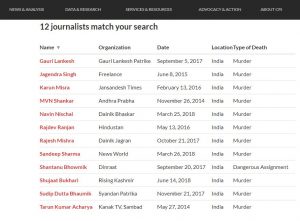
Despite the high risk in Journalism sector, we rank 138 among 180 countries in Press Freedom. This ranking is released by Reporters Without Borders (RWB). This is only about freedom journalists have in reporting, leave aside the quality of reporting.
SOME RECENT CASES
Journalists have always faced many hurdles while reporting. But, here are some special cases of journalists deaths which happened recently.
- DD Cameraman Achyutanand Sahu : Achyutanand Sahu, who worked for Doordarshan, went to cover the election campaign of Chhattisgarh with his team. He was killed in the Dantewada area of Chhattisgarh on 30 October. Doordarshan team was there for shooting the development work of government in the area. Security forces had assisted them. He died in Naxal attack. Later, Maoists released a letter saying that they had no intention of killing a journalist.
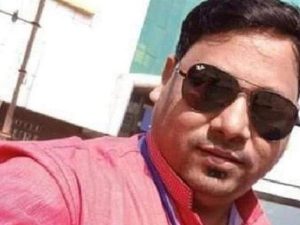
- Chandan Tiwari : Chandan Tiwari used to work for the Hindi daily Aaj in Jharkhand. He was abducted on 29th October and was later found injured in Balthar Forest. He was taken to hospital but couldn’t survive.
- Shujaat Bukhari : He was editor of Rising Kashmir newspaper. He was shot by gunmen outside his office on 14th June, 2018. This is a clear case of murder. This wasn’t the first time that Shujaat was attacked. He was given police protection after he was attacked in 2000. Two police officers who were assigned to protect were also attacked. They were rushed to hospital but died. Bukhari used to write and speak on Kashmir conflict and politics, and was on target of many.

- Gauri Lankesh : Gauri Lankesh was an open critic of BJP politics and Hindutva agenda. She was also shot by gunmen outside her house in Banglore. She was murdered on 5th September, 2017. Her death was given political turn as there were people supporting her murder on social media. PM Modi was criticized for following Nikhil Dadhich on twitter. This was because his twitter handle ‘celebrated’ her death.
GRIM FUTURE OR COURAGEOUS JOURNALISM
Journalism has always been a difficult profession. There were heavy censorships during British rule. During emergency period, journalists had to stay underground. There was risk of being caught.
In recent times too, journalists are either being threatened for questioning those in power or they are being pressurised to work in ‘favour of someone’. Those who question BJP government have to face strict repercussions. NDTV channel had to face income tax raids. Punya Prasun Bajpai had to quit ABP News.
There are freelance journalists whose stories go unnoticed and yet they face threats on field. All this situation is so true in times when media is working for some businessmen and politicians. Cobrapost sting is a good example to understand that.
Thus, journalists face heavy scrutiny and threats for questioning government or other ‘influential’ people. This grim situation needs to be dealt with courageous journalism which is only practiced by ‘few’ in the land of ‘sold and scared’.


